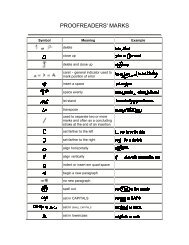View - Martin Kröger - ETH Zürich
View - Martin Kröger - ETH Zürich
View - Martin Kröger - ETH Zürich
Create successful ePaper yourself
Turn your PDF publications into a flip-book with our unique Google optimized e-Paper software.
THERMODYNAMICALLY ADMISSIBLE REPTATION MODEL<br />
1305<br />
FIG. 3. Transient growth of normalized viscosity as functions of time under startup of steady shear flow at<br />
˙ 10 s 1 predicted by the models and experiment.<br />
the experimental data of p for the first normal stress difference, which have a qualitative<br />
shape similar to that seen in Fig. 5 but differ by approximately a factor of 2.<br />
B. Cessation of steady shearing<br />
In Fig. 6 we plot the relaxation of the shear stress, normalized by its initial value, after<br />
cessation of steady shear flow for two shear rates. All the model predictions not shown<br />
are the predictions by MLDS which almost overlap with ours compare rather well with<br />
the experimental data. The stress relaxation rate increases with the increasing previous<br />
shear rate. Later in the relaxation process, at times much larger than s , the relaxation<br />
rate is governed only by the reptation process and constraint release due to double<br />
FIG. 4. Transient growth of normalized first-normal-stress difference coefficient as functions of time under<br />
startup of steady shear flow at several shear rates predicted by our model lines and experiment symbols.





